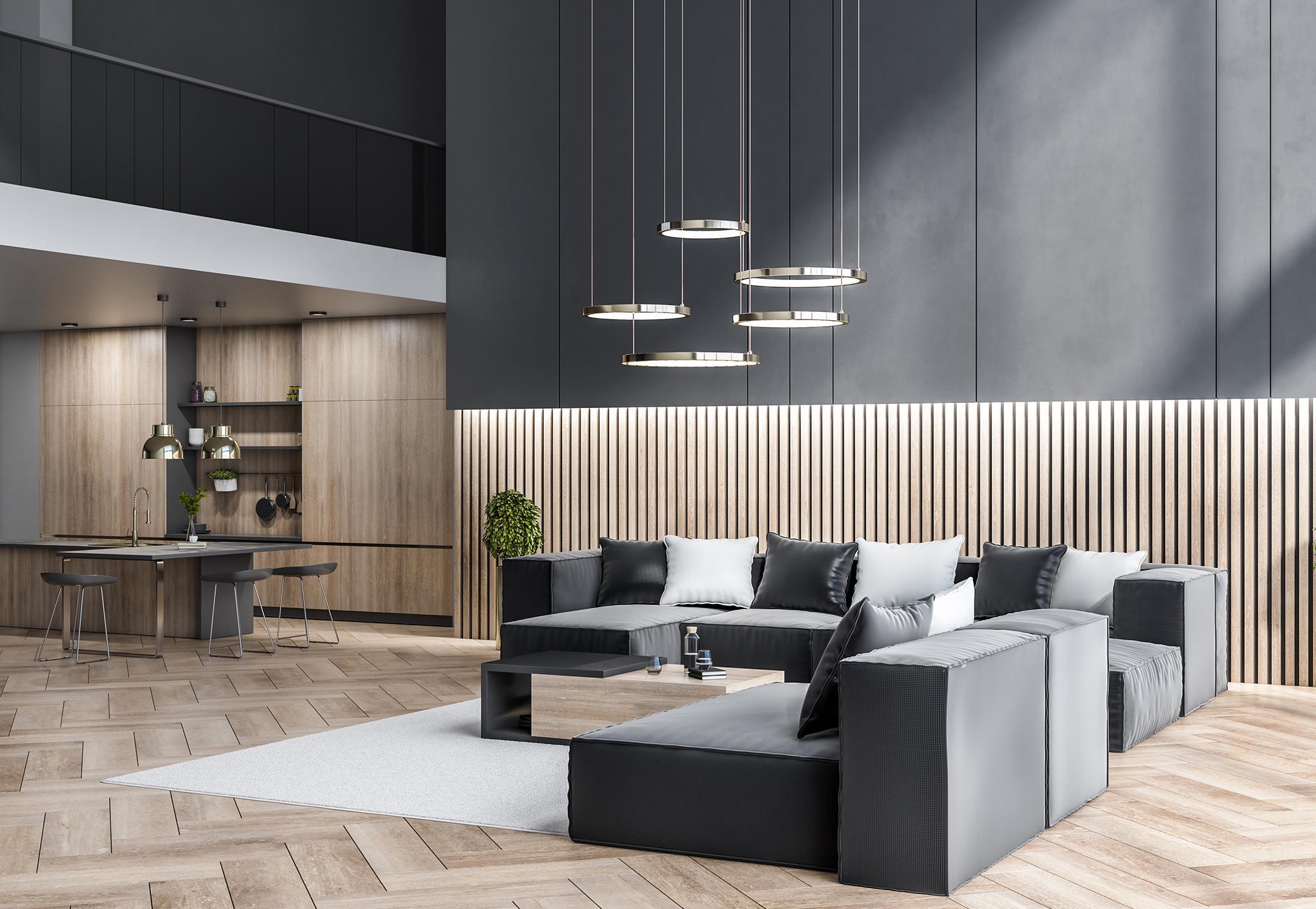
Future-Proofing Your Business: The Role of Technology in Commercial Interior Design
Future-proofing your business involves strategic planning and adaptation to the ever-evolving landscape of technology, especially in fields like commercial interior design. The role of a commercial interior designer is crucial in this transformation, as they integrate innovative technologies to create spaces that are not only functional but also enhance user experience and promote sustainability. Here’s how technology is shaping the future of commercial interior design and how businesses can leverage these advancements.

The Impact of Technology on Commercial Interiors
1. Smart Lighting Solutions
One of the most significant advancements in commercial interior design is the use of intelligent lighting systems. These systems allow commercial interior designers to create dynamic environments that can be adjusted based on the time of day or occupancy levels. For instance, bright lighting can automatically dim or brighten based on natural light availability, which not only enhances the ambience but also reduces energy consumption. This integration aligns with sustainability goals, making it a win-win for businesses looking to cut costs while being environmentally responsible.
2. Virtual Reality (VR) and Augmented Reality (AR)
Virtual and augmented reality technologies are revolutionizing how spaces are designed and experienced. With VR, clients can take virtual tours of their future spaces before any physical work begins. This immersive experience allows for real-time feedback and adjustments, minimizing costly changes during construction. AR can overlay digital information onto physical spaces, helping clients visualize design elements in situ. By incorporating these technologies, a commercial interior designer can significantly enhance client satisfaction and streamline the design process.
3. The Internet of Things (IoT)
The IoT is another game-changer in commercial interior design. By connecting various devices within a space, designers can gather valuable data on usage patterns, energy consumption, and environmental conditions. For example, smart thermostats can adjust temperatures based on occupancy, while sensors can monitor air quality and lighting levels. This data-driven approach enables businesses to optimize their spaces for efficiency and comfort, creating environments that adapt to the needs of their occupants.
4. Building Information Modeling (BIM)
BIM technology allows commercial interior designers to create detailed digital representations of physical spaces. This tool enhances collaboration among architects, contractors, and clients by providing a shared platform for visualizing designs and making modifications before construction begins. BIM also helps in managing project timelines and budgets more effectively, reducing the risk of overruns and delays.
5. Sustainable Design Practices
As environmental concerns become increasingly pressing, sustainable design practices are essential for future-proofing commercial interiors. Technologies such as energy-efficient HVAC systems, sustainable materials, and water-saving fixtures are becoming standard in modern designs. A commercial interior designer who prioritizes sustainability not only meets regulatory requirements but also appeals to eco-conscious consumers and tenants.
Future Trends in Commercial Interior Design
Looking ahead, several trends are poised to shape the future of commercial interior design:
Flexibility in Space Usage:
Modular furniture and movable walls will allow businesses to adapt their spaces quickly for different functions or team sizes.
Health and Wellness Focus:
Designs that promote physical and mental well-being will gain traction, incorporating elements such as natural light, biophilic design, and wellness rooms.
Smart Technology Integration:
Continued advancements in AI will lead to more innovative buildings that learn from user behaviour to optimize environments automatically.
Enhanced Collaboration Spaces:
As remote work becomes more common, designing collaborative areas that foster teamwork will be crucial.
Conclusion
In conclusion, technology plays a pivotal role in future-proofing commercial interiors by enhancing functionality, efficiency, and sustainability. A proficient commercial interior designer is essential for navigating this technological landscape, ensuring that businesses not only keep pace with trends but also create spaces that foster innovation and collaboration.
By embracing these technological advancements—bright lighting, VR/AR experiences, IoT integration, BIM capabilities, and sustainable practices—businesses can position themselves for success in an increasingly competitive market. As we move forward into a more tech-driven future, the role of a skilled commercial interior designer will be more critical than ever in crafting environments that meet the evolving needs of businesses and their customers alike.
Investing in these technologies today means securing a competitive edge tomorrow—making it imperative for companies to partner with forward-thinking designers who understand the importance of integrating technology into their commercial spaces.



